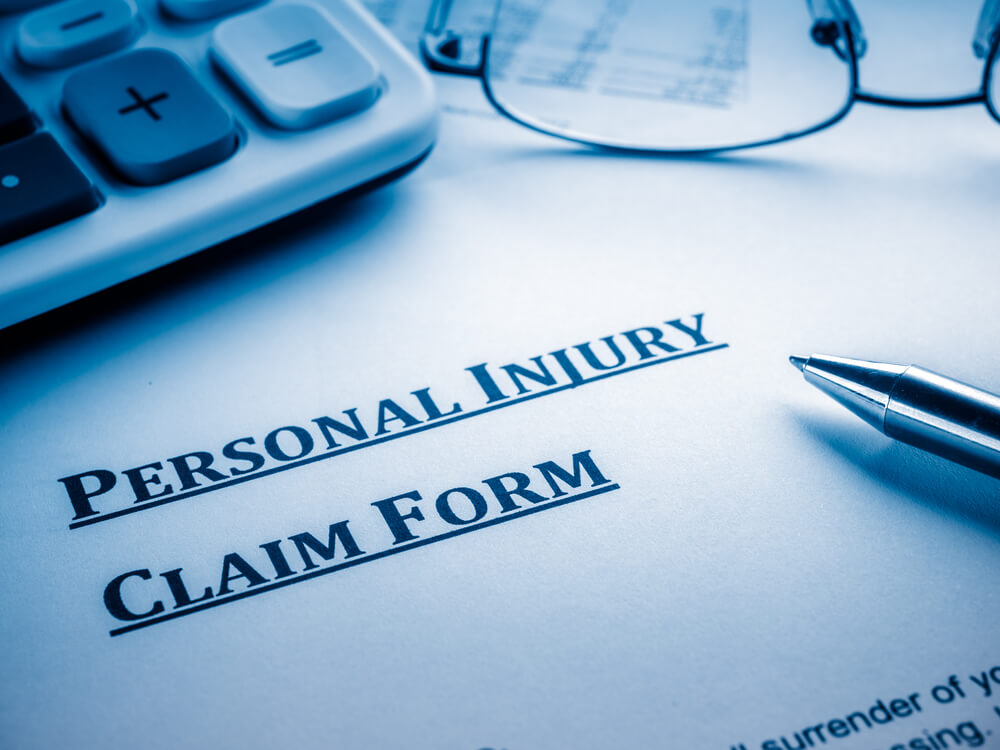A personal injury claimant should be informed of the different limits on their claim before they submit. Knowledge of the civil process under Nevada law is often required to be fully aware of this material. There are many laws that personal injury victims should be mindful of to protect their rights in court. Read more about this article because it explains more about personal injury claims.
WHAT EXACTLY IS A PERSONAL INJURY CLAIM IN NEVADA?

Nevada law governs the compensation given to accident victims. If you’ve been hurt, you’ll almost certainly need to file a personal injury lawsuit under Nevada law to get a bonus.
While accident claim rules are usually the same, there are a few variations that may impact your ability to seek compensation, such as the right to sue for asbestos-related health problems incurred at work, which is one of those differences.
Compensation amounts awarded in successful personal injury cases may differ, so be aware of this possibility. You may be granted considerably more money in Canada than you might in England, for example, if someone in your family is killed in an accident and you file a compensation claim.
STATUTE OF LIMITATIONS IN NEVADA CIVIL ACTIONS
The length of time a prospective plaintiff has to bring a civil action depends on state legislation. This amount of time is referred to as the “statute of limitations.” State-by-state variations in these deadlines are expected. On whatever side of the state border you are on; you may have a longer or shorter period to file suit. In addition, the time restriction for filing a lawsuit may be different based on the kind of claim. According to the Nevada Civil Statute of Limitations, a claim for personal injury must be filed within two years. A rent collection action may be brought up to four years later, and a judgment may be enforced for up to six years.
When it comes to legal action, there’s always an expiration date called a statute of limitations. Plaintiff’s claim will be permanently barred if no particular legal action is taken within this time frame. Filing a lawsuit is the typical legal step needed in civil law. It may be the deadline for filing charges or issuing an indictment in criminal law. Statutes of limitations also apply to debt repayment and collection. A personal injury victim usually has two years from the date of the injury to make a claim. A personal injury plaintiff typically has two years from the date of injury to bring a lawsuit in court.
When the plaintiff finds out about the damage much later, a different set of rules apply. The “finding of damage” rule is what it’s termed. When a personal injury victim doesn’t know they have been injured, this defense applies. It’s possible that a victim won’t be aware of the total degree of their injuries for some time after the event. The clock does not begin to run until the sufferer is aware of the harm, though. As a result, the victim now has a larger window of opportunity to bring a case. However, they may have to prove that the damage was not discovered until much later. Medical records may hold the key to unlocking this mystery.
Any time a personal injury lawsuit is filed after the relevant statute of limitations has expired, the defendant may use that as a defense. An ineffective suit may even be defended by asking for legal costs from the court.
ACCIDENTAL INJURY DAMAGES ARE LIMITED

Victims of personal injury in Nevada should be aware of another significant limitation: the maximum damages ceiling. Due to this restriction, the potential value of a claim and whether or not a personal injury lawyer accepts a specific case may be dramatically impacted.
In Nevada, personal injury plaintiffs who file claims are limited in the amount of money they may recover. Depending on how much money the victim needs to be restored to their pre-accident physical and mental state, they may get several economic damages that are not limited to a particular maximum. Medical costs, such as hospital bills, follow-up treatment, prescription medications, and rehabilitative therapy, as well as expected future medical expenses, are included in economic damages. Loss of earnings, loss of earning capability, and disability compensation are all examples of financial losses. Making a house handicap-friendly via renovations may also be included in the award’s economic damages section.
Non-economic damages, on the other hand, are subject to a cap for personal injury victims. Anguish and annoyance are examples of non-economic damages. There is only a single-digit multiplier available to personal injury sufferers in Nevada. The highest amount of non-economic damages a personal injury claimant may get is $450,000 if the number 9 is the single-digit multiplier utilized since nine times $50,000 equals $450,000.
LETTER OF CLAIM FOR PERSONAL INJURY
To file a personal injury lawsuit against the party considered responsible, a letter of claim must be submitted to the defendant or, if known, their insurance provider. If the insurer’s information isn’t already on hand, the letter will ask for it. To ensure that the “recommended defender” receives a copy of the letter, the note will request that they do so. For those who know their insurer, a letter of claim will be issued to them.
Personal injury claims are founded on specific facts, which are summarised in a claim letter. Allegations of third-party carelessness, common law violations, or statutory duty violations would fall under this category. As well as a claimant’s physical and financial damages, it will contain information about any injuries they’ve had and the hospital where they’ve been treated. The letter of claim may, if necessary, provide information about the insurance company that provided coverage.
CONSULTATION WITH AN ATTORNEY

A personal injury lawyer can help accident victims understand their legal rights and responsibilities, as well as how those rights may be affected by the injuries they’ve sustained. If victims have this information, it increases their chances of being adequately compensated.








